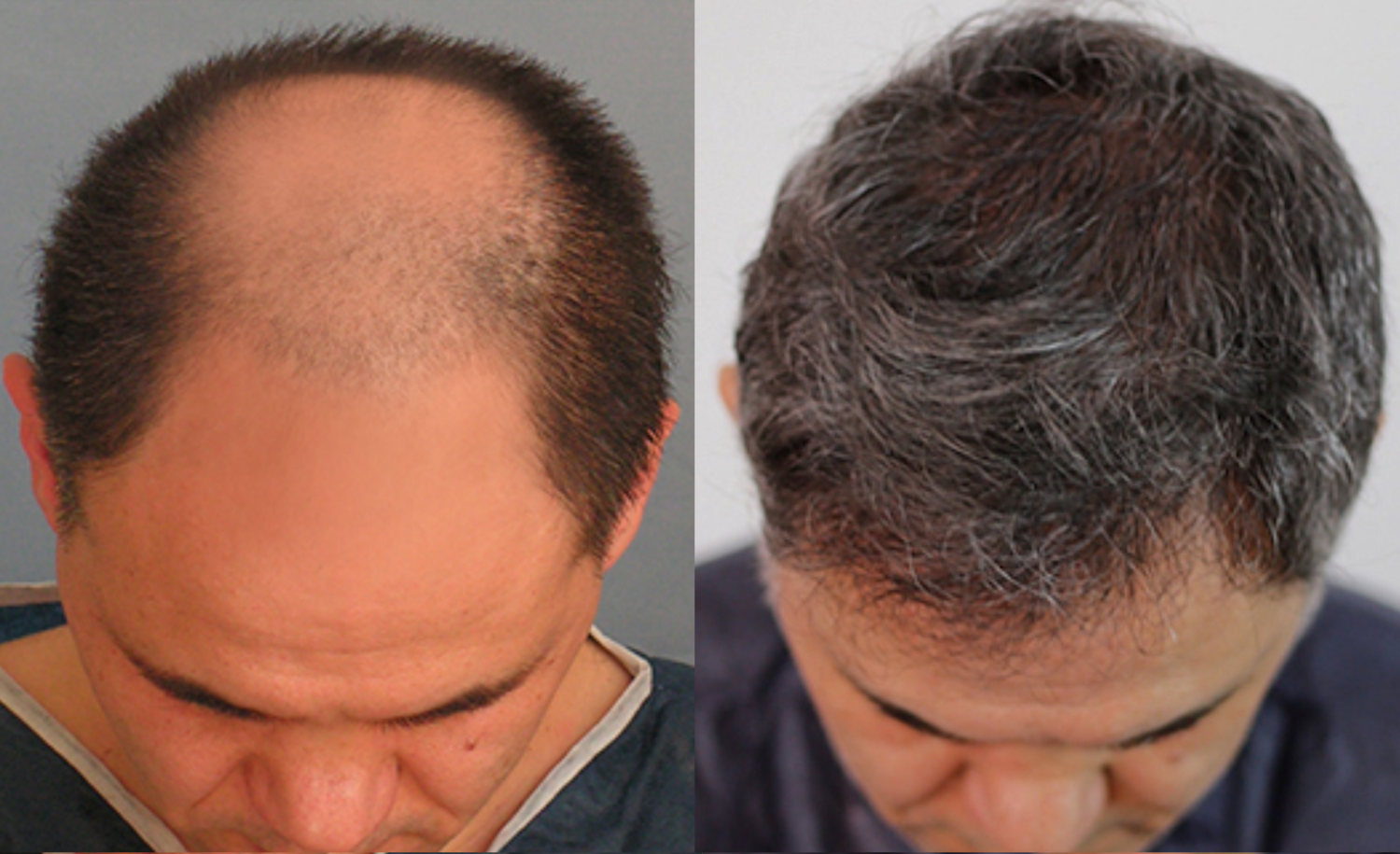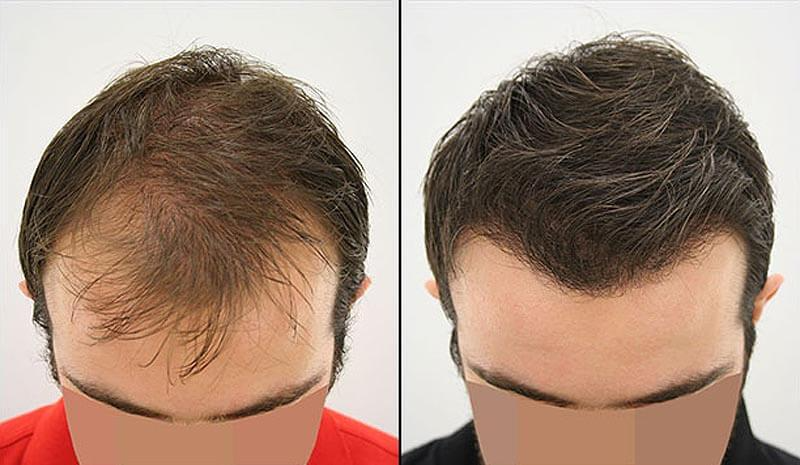Text & media
Hair Transplant - How Does It Work?
You've come to the right spot if you are curious about how a hair transplant works. Find out more about hair transplant surgery and who is a suitable candidate. You can also learn more about the different types of hair transplant surgery. Here are some general guidelines. Before you begin the procedure, ensure you fully understand what you are getting into. There are two main types of hair transplant surgery: strip surgery and follicular unit extraction. Follicular unit strip surgery (FUSS), involves removing a 6- to 10-inch strip of skin from your scalp. Then the surgeon sews the strip closed. Hair grows around the strip.
How does a hair-transplant work?
There are many factors that contribute to the success rates of hair transplant procedures. For one, a healthy scalp is essential for the transplanted follicles to grow. The transplanted hair follicles must also be healthy for them to take root and grow. Patients with severe medical conditions or diabetes should avoid hair transplant surgery. To ensure a full recovery, patients should follow the surgeon's instructions.
Different methods are used by Hair transplant in Turkey surgeons to perform the procedure. One method is known as FUT (Follicular Unit Transplantation), which involves stripping a strip of donor skin, leaving a narrow scar in the donor area. The donor skin is then cut into individual grafts. Each graft is then placed into a recipient channel.
Although success rates for hair transplant surgery vary from surgeon to surgeon, the majority of results are positive. Hair transplant procedures take time, but patients can return to work after only a few weeks. The transplanted hair will shed for the first few months. After eight to twelve months, the transplanted hair will have achieved its final appearance. The final results of a hair transplant depend on the quality of the donor hair.
There are many different types of hair transplant surgeries. The most common and popular procedure is follicular unit extraction. This procedure takes anywhere from one to eight hours. The procedure is usually painless. However, there are some risks to the procedure. Some patients may need stitches or scarring.
A good hair transplant surgeon will achieve a high success rate. Graft survival rates range between ninety percent and ten percent. A good physician will focus on the satisfaction of their patients and strive to achieve optimal results for each patient. If the grafts don't grow, the procedure will not be successful.
What is a hair transplant?
A hair transplant is a surgical procedure to replace hair loss. It involves removing hair follicles from the donor area and moving them to the balding area. This procedure is used to treat male-pattern baldness. It is also effective in treating other conditions such as female pattern baldness.
A doctor will use a scalpel to make small incisions on your back. The surgeon will then sew the incision closed. After the transplant, the scalp will be numb. The surgeon will then choose one of two methods for hair transplants. Follicular unit strip surgery (FUE) is the first method. In this technique, the surgeon removes a strip of six to ten inches of scalp skin from the back of the head. Then, using a needle, he will sew the incision into place. The donor area will have a straight scar, while the recipient will have a natural hairline.
The second type of hair transplant uses healthy hair from another part of your scalp. These transplanted hairs will grow in the same way as the original and take root in the new area. This procedure is not invasive and does not require medication or maintenance. However, it will restore the hair to its original condition.
Hair transplants are performed under local anesthesia. This will ensure that the patient is comfortable. Local anesthetic injections will be used to numb the scalp and allow for the removal of hair grafts. The grafts can then be carefully removed from the scalp using one of two methods. The hairs chosen for hair transplants are resistant to hormones, so they should remain healthy when they grow. This procedure is also beneficial for those suffering from autoimmune diseases that affect their hair follicles.
Hair transplants have advanced significantly since their humble origins as "hair plugs" and can now offer a natural-looking full head of hair. Be aware of the potential risks before you decide to undergo this procedure.
Who is a candidate to have their hair replaced?
A hair transplant can be an option for people who have lost their hair. This involves transplanting hair from a donor area. A hair transplant's cosmetic outcome is affected by many factors. One of the most important factors is the donor area's health.
What are the various types of hair transplants?
The success rate of hair transplants varies depending on the type and color of hair. A hair transplant is more successful when the hair is healthy and well-nourished. However, afro hair transplants may take more time than other procedures. Follicular unit transplantation is becoming less common.
FUE: This technique is less invasive and produces natural-looking hair. It involves removing a strip of skin from the back of the head. The surgeon will then extract individual hair follicles and transplant them into the recipient area. This procedure is time-consuming and requires local anesthesia. Results are visible after six to nine months.
Two factors affect the success rate of hair transplant surgery: client satisfaction and the number of successfully transplanted grafts. The ideal success rate should be between 95-98 percent. A good hair transplant doctor will emphasize patient satisfaction. A ninety percent success rate is acceptable for most doctors.
There is no guarantee that a hair transplant will work. A transplant will only work if the transplanted hair is healthy and thick. The patient should expect hair loss for up six months if the transplanted hair doesn't grow. This temporary hair loss is normal after surgery. Over time, hair will begin to grow back. A hair transplant can take anywhere from 12 to 18 months to achieve its final result. However, some people may need longer.
The success rate of hair-transplant surgery depends on the type of hair. Generally, the procedure is safe if done by a qualified surgeon. Hair transplant surgery involves making small incisions in the skin to remove donor hair follicles. The follicles are then placed in small incisions on your scalp. The procedure can cause bleeding, scarring, or infection. For this reason, you must consult with a hair transplant surgeon about your risks before you undergo the procedure.
The success rate of hair transplants varies from one country to another and depends on the patient's condition. However, surgery is still superior to using over-the-counter hair restoration products. Hair transplant success rates have consistently increased over the years.


